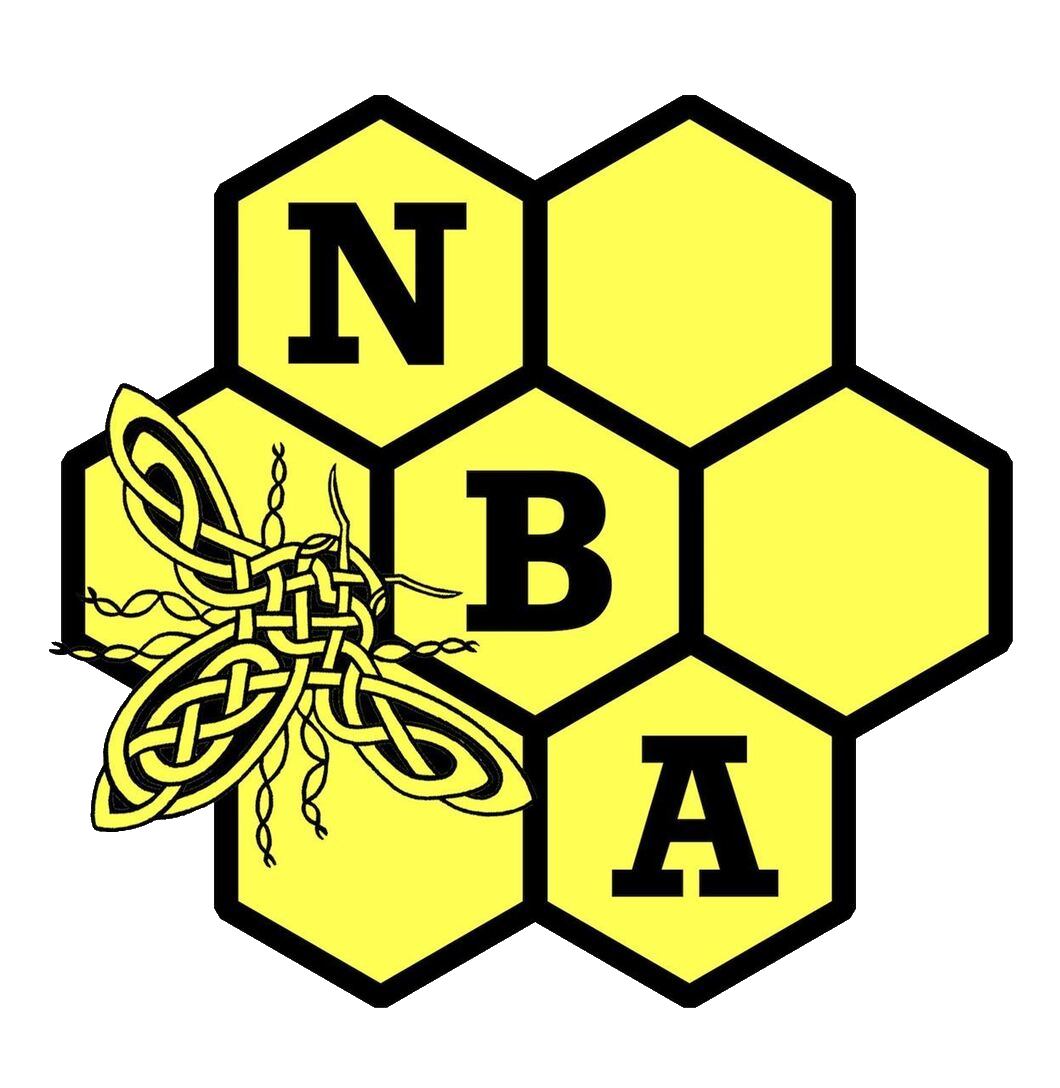We were fortunate last year to have some of Newbattle's honey analysed at the Roslin Institute which in turn tells us where the bees have been! We sent away two samples, one from the hives at Newbattle Abbey College and another from our hives at Vogrie Country Park.
The Vogrie bees had mostly been foraging on phacelia which is what was expected as it was known there were nearby fields full of this crop. A big surprise was that the Newbattle honey was also found to have a high level of phacelia pollen. There was also a high level of bramble pollen which is less of a surprise.
Have a look at the tables below, you can see there is a wide range of pollen sources in the Newbattle honey, possibly as there is more of a mix of private gardens, trees and agriculture in the foraging area compared to Vogrie.
VOGRIE POLLEN ANALYSIS
|
VERY COMMON
|
LESS COMMON
|
RARE (<5 on slide)
|
|
Phacelia
|
Buddleia
|
Linden (Lime)
|
|
Rubus family (Bramble)
|
Willowherb
|
|
Cardus (Thistle)
|
Apiaceae (Carrot family)
|
NEWBATTLE POLLEN ANALYSIS
|
VERY COMMON
|
LESS COMMON
|
RARE (<5 on slide)
|
|
Phacelia
|
Buddleia
|
Linden (Lime)
|
|
Rubus family (Bramble)
|
Cardus (Thistle)
|
Willowherb
|
|
Apiaceae (Carrot family)
|
Ragwort
|
|
White Clover
|
Erica (bell heather)
|
|
Meadowsweet
|
Pine
|
|
|
Asteraceae (daisy family)
|
|
|
Liliaceae (lily/garlic family)
|
|
|
Himalayan Balsam
|
|
|
Helianthemum
|
So if you are thinking of planting anything in your garden maybe the above gives you some ideas. eg buddleia, phacelia (comes in a range of heights 30-120cm!). We have plans to sow phacelia seeds at the Newbattle apiary in the Spring. Watch this space... volunteers will be needed!
